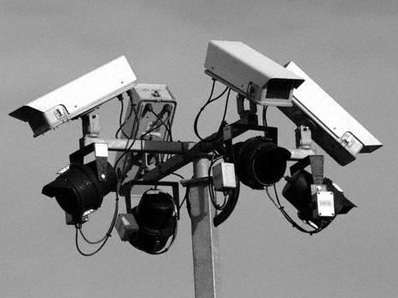Human brain helps crack computer challenges
Lockheed Martin uses neural patterns to improve surveillance

Engineers at Lockheed Martin's Advanced Technology Laboratories are using brain-inspired computing techniques to enable machines to think like humans.
The defence lab is trying to develop computers that can recognise, analyse and reason about critical bits of information from staggering volumes of data from thousands of sources, such as the UK's 4.2 million CCTV cameras.
By mimicking the intricate network of the brain's neural pathways and processes, ATL engineers are teaching computers to learn, manage information overload, discover patterns, and discern human intent.
Brain + computer = scary
ATL's research into brain-inspired computing extends into four defense-related applications. Brain Box teaches computers to learn using a building-block approach - much the same way sentences combine to form paragraphs.
Sensor Box helps AI systems to manage information overload by finding prominent patterns in raw data and transforming them into single, classifiable characteristics.
Attentional Analysis means using features - colour, line orientation, and brightness - to determine the relative importance of an image just as a human's visual attention system tells the eyes where to look after turning on the living room lights. Using this program, computers could analyse huge volumes of imagery and only present analysts with the most relevant images.
Sign up for breaking news, reviews, opinion, top tech deals, and more.
The most impressive/terrifying development, though, has to be the slightly psychic Brain-Inspired Attentional Search. This will harness a person's brain-power to search for a specific image among thousands being flashed up.
Sensors monitor the brain's electrical activity and chart a spike when the analyst sees the desired image, even if the analyst didn't consciously notice it. Moving at a rate of 10 images per second, an analyst could search 600 photos a minute for terrorists, hooligans, fare dodgers, hoodies and single mums.